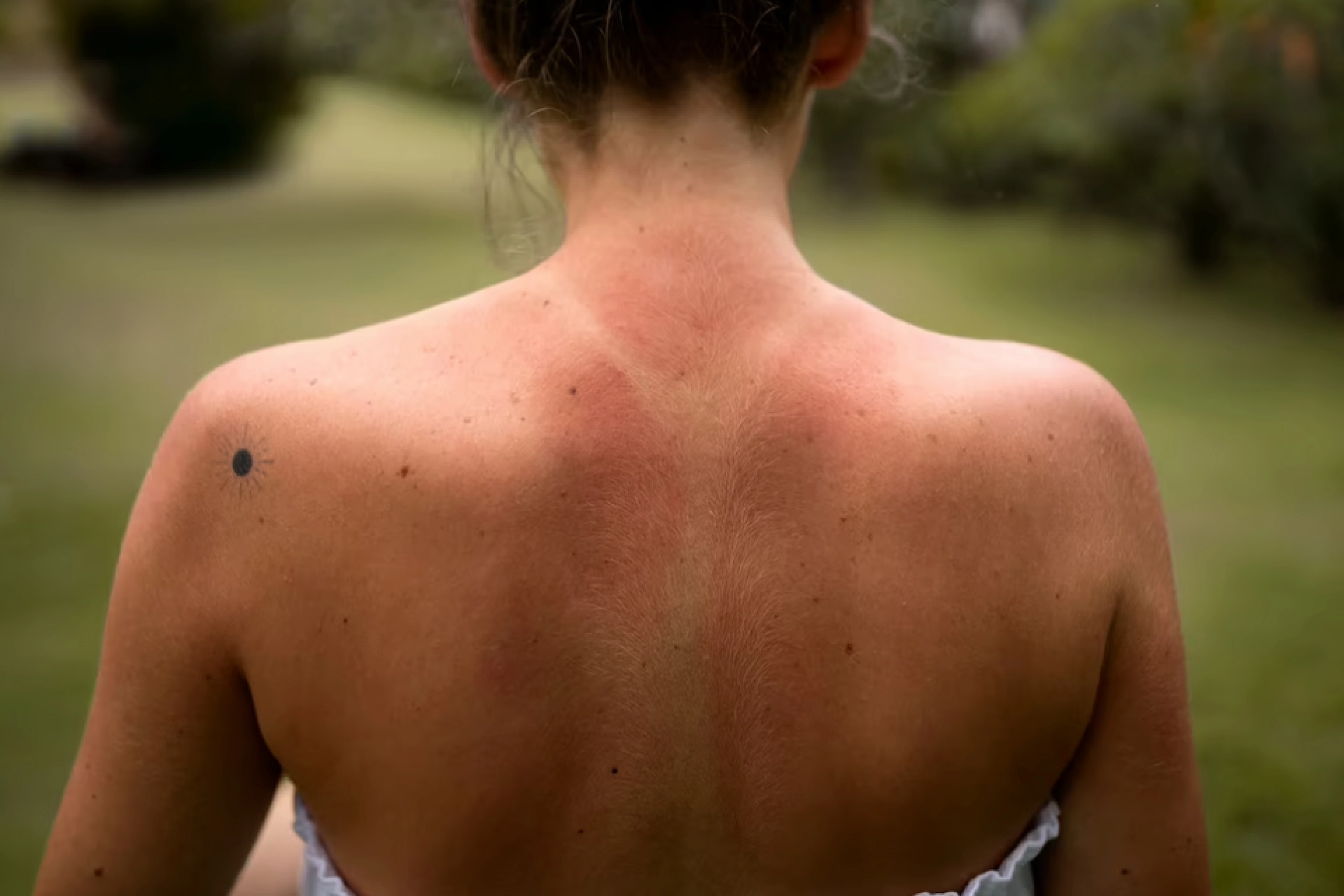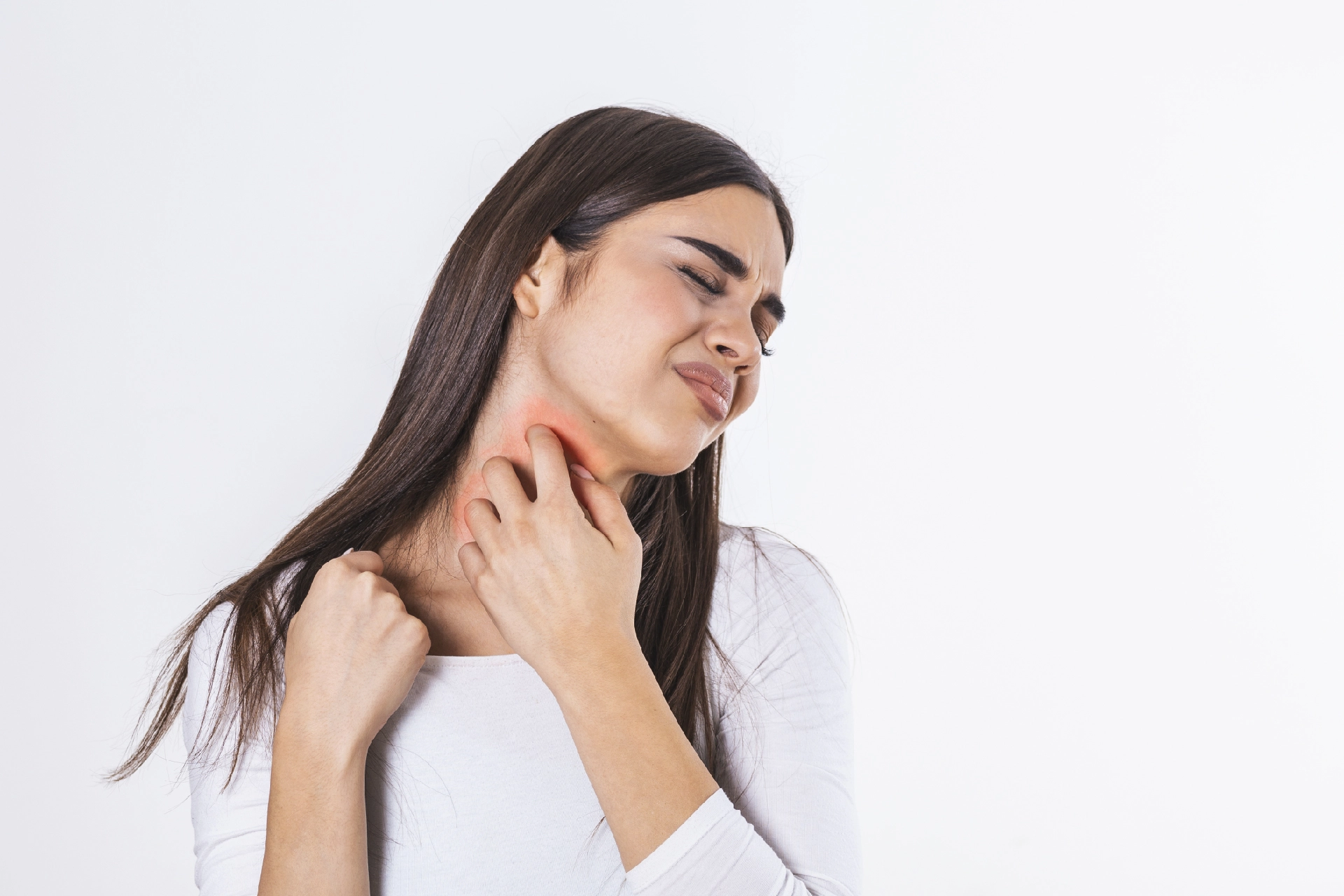Prosthodontics | 5 min read
Ingrown Hair Treatment and Diagnosis: 5 Effective Ways
Medically reviewed by
Table of Content
Key Takeaways
- Ingrown hair is usually a result of clogged pores and improper hair removal
- If left untreated, it can become an infected ingrown hair and can be painful
- Ingrown hair treatment includes both home remedies and medication
Ingrown hair is a common condition that affects people who wax, shave, or tweeze their hair. Ingrown hair treatment is necessary because if left untreated, it can lead to infected ingrown hair. Recurring cases of infected ingrown hair is also known as folliculitis.
Also known as razor bumps, barber bumps, shave bumps, ingrown hair is when a new hair curls back into your skin. It is more common in people who shave often and people who have thick and curly hair.
Ingrown hair can be itchy or painful and usually appears on:
- Beard area (chin, cheeks, neck)
- Armpits
- Legs
- Pubic area
An ingrown hair can also appear on your chest, scalp, back, or abdomen. Causes of ingrown hair include improper hair removal, friction, and clogged pores. Read on to know how you can diagnose, remove, and treat ingrown hair.
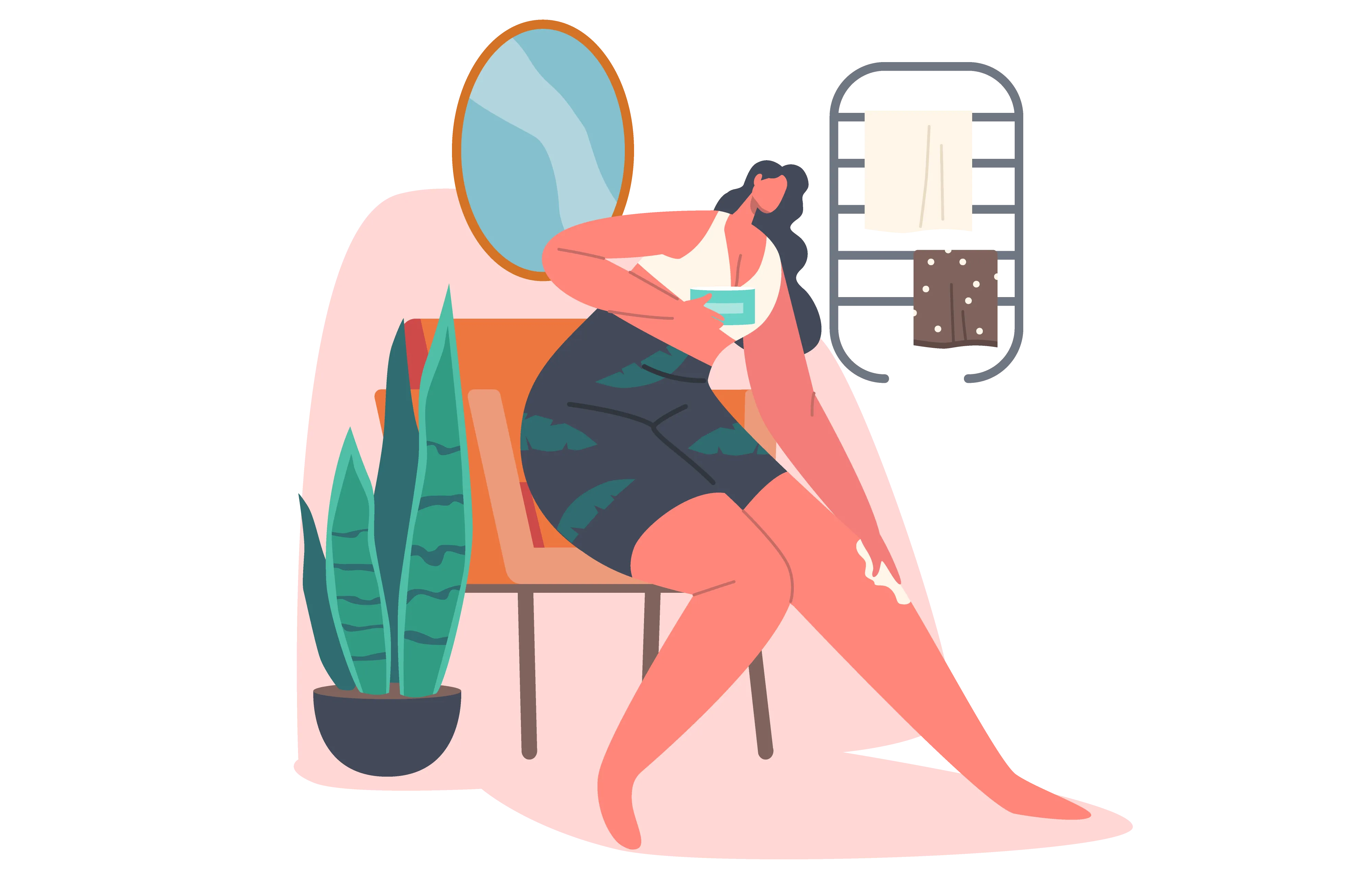
How to Know if You Have Ingrown Hair?
More often than not, you can easily see ingrown hair and won’t need to visit a doctor. If you do, the doctor can confirm ingrown hair during a routine physical exam. Some questions that a dermatologist may ask you are [1]:
- Your skincare routine and skin type
- When you noticed the symptoms of ingrown hair
- Whether ingrown hair bumps are persistent or if they come and go
- How frequently you wax, shave, or tweeze
- The type of razor you use
- Your skin preparation routine before removing hair
Once diagnosed, you can talk to your doctor about ingrown hair treatment and the recommended ingrown hair removal process for you.
Additional Read: Dermat-verified Tips for Healthy Skin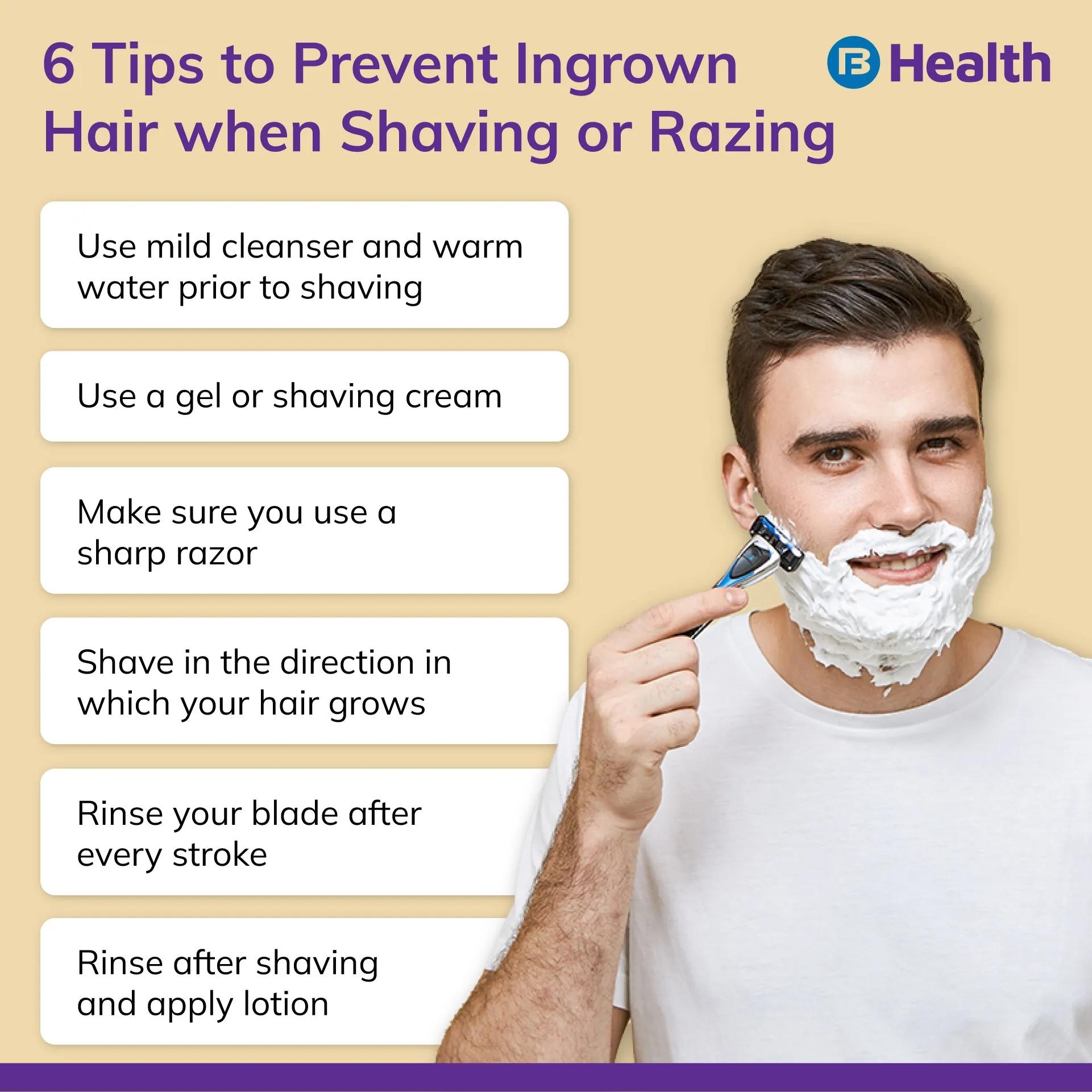
Ingrown Hair Treatment Ways
An occasional ingrown hair is not a cause for alarm. You can remove ingrown hair with a few at-home remedies, but the best ingrown hair treatment option is to wait it out. Usually, ingrown hair release on their own in some time. Stop shaving, waxing, or tweezing and give time for the hair to grow. If waiting is not an option, you can use try ingrown hair removal in the following ways.
1. Gentle Exfoliation
Gently exfoliating the affected area will help release dead skin cells that can help unclog your pores. This allows for the release of ingrown hair. Make sure the water you use during exfoliation is warm and not hot. Use an exfoliating brush or washcloth and gently move it in small circular directions.
2. Tweezers
You can use this method once you can see an ingrown hair above your skin line. Use a sterile needle or tweezer and gently pull out the ingrown hair. Make sure you pull and do not pluck the ingrown hair. Plucking it can increase the chances that the new hair may also be ingrown. Give some time to the affected skin to heal before you completely remove the ingrown hair.
The most important thing to keep in mind about this method is that you should use it only if you see the hair above the skin line. If you dig into the skin, you may increase the risk have an infected ingrown hair. Use soaps that are gentle on your skin to prevent infection.
If the above measures fail and your symptoms persist, consult with a dermatologist. They may give medication that can help manage the condition. Medication for ingrown hair treatment may consist of one or more of the following [2]:
3. Drugs to Help Unclog Your Pores
Generally, this will contain retinoids. Retinoids exfoliate skin and help remove dead skin cells.
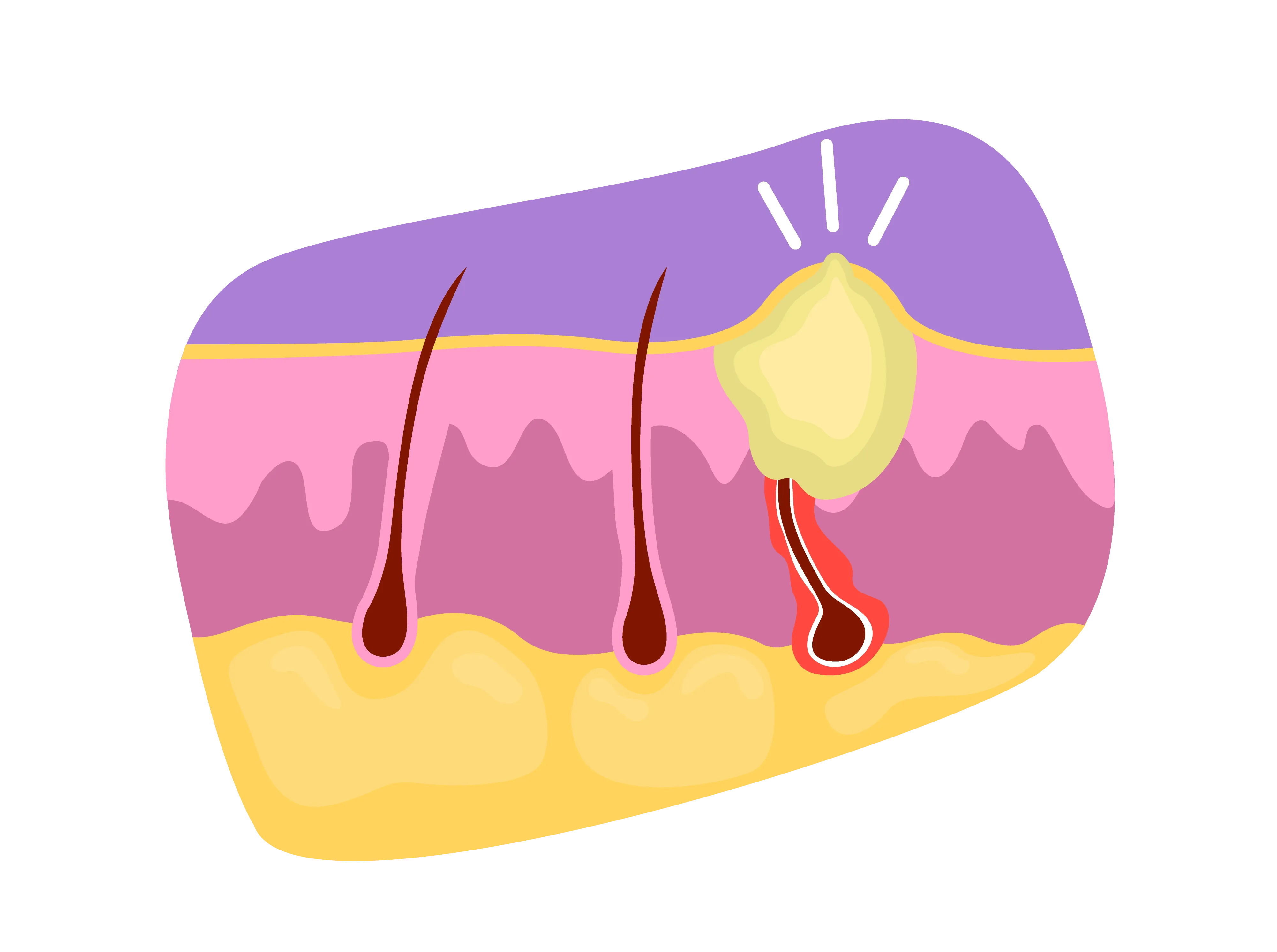
4. Creams to Reduce Inflammation
Your doctor may prescribe a steroid cream that can help reduce inflammation in the affected area.
5. Medicine or Creams to Control Infection
Your doctor may give you an antibiotic cream if there is a mild infection that may be a result of scratching. If the infection is severe, your doctor may give you oral medicines.
As mentioned, untreated ingrown hair can lead to infected ingrown hair. If you have infected ingrown hair, you may notice that the bumps are more painful and bigger. You may even see pustules around the follicles if there’s pus. You should also keep in mind that an infected ingrown hair can lead to scarring.
This is why it is important to notice it and try ingrown hair removal at the earliest. Apart from infection, untreated ingrown hair can also lead to the following complications:
- Destruction of hair follicles
- Permanent scarring
- Hyperpigmentation
- Hair loss
- Bacterial infection
- Razor bumps
Talk to a doctor if you notice anything out of the ordinary about your skin so that you can address the problem before it worsens. Consult online dermatologist to know more about ingrown hair and other skin conditions. Book an online or in-clinic appointment with ease on Bajaj Finserv Health.
Apart from ingrown hair treatment, you can also consult doctors about other skin conditions like skin tags on neck, folliculitis, or rosacea treatment. They can also give you guidance on preventive measures and ayurvedic remedies for acne, psoriasis, eczema, and more. This way, you can take the necessary measures to keep your skin healthy.
References
- https://my.clevelandclinic.org/health/diseases/17722-ingrown-hair
- https://www.mayoclinic.org/diseases-conditions/ingrown-hair/diagnosis-treatment/drc-20373898
Disclaimer
Please note that this article is solely meant for informational purposes and Bajaj Finserv Health Limited (“BFHL”) does not shoulder any responsibility of the views/advice/information expressed/given by the writer/reviewer/originator. This article should not be considered as a substitute for any medical advice, diagnosis or treatment. Always consult with your trusted physician/qualified healthcare professional to evaluate your medical condition. The above article has been reviewed by a qualified doctor and BFHL is not responsible for any damages for any information or services provided by any third party.

